Individual Applicants are individuals, businesses, and nonprofits directly engaged in farming, ranching, and/or other forms of land management in New Mexico.
The step-by-step application process outlined below pertains to the next (Fiscal Year 2027, or FY27) Healthy Soil Program grant application cycle. The deadline to apply is 12 p.m. (noon) Mountain Time on Friday, March 20, 2026. Late, incomplete, and paper applications will not be accepted or reviewed.
Learn more about the FY27 program by reading the Frequently Asked Questions (FAQ) and by attending the following outreach opportunities:
- August 12, 2025, webinar: Conservation planning for NMDA's Healthy Soil Program grants. Review the slides or watch the recording (captions coming soon).
- September 30, 2025, webinar: What to do after completing NRCS conservation planning. Review the slides or watch the recording (captions coming soon).
- January 27, 2026, webinar from 3:30 to 5 p.m.: How Individual Applicants complete the online grant application. Registration is required.
For Healthy Soil Program updates – future funding opportunities, as well as soil health news and events – subscribe to our weekly electronic newsletter using the form at the bottom of the Healthy Soil Program web page.
Identify and contact the partners you must work with to apply for a Healthy Soil Program grant. Tell them you intend to apply for a grant from NMDA’s Healthy Soil Program.
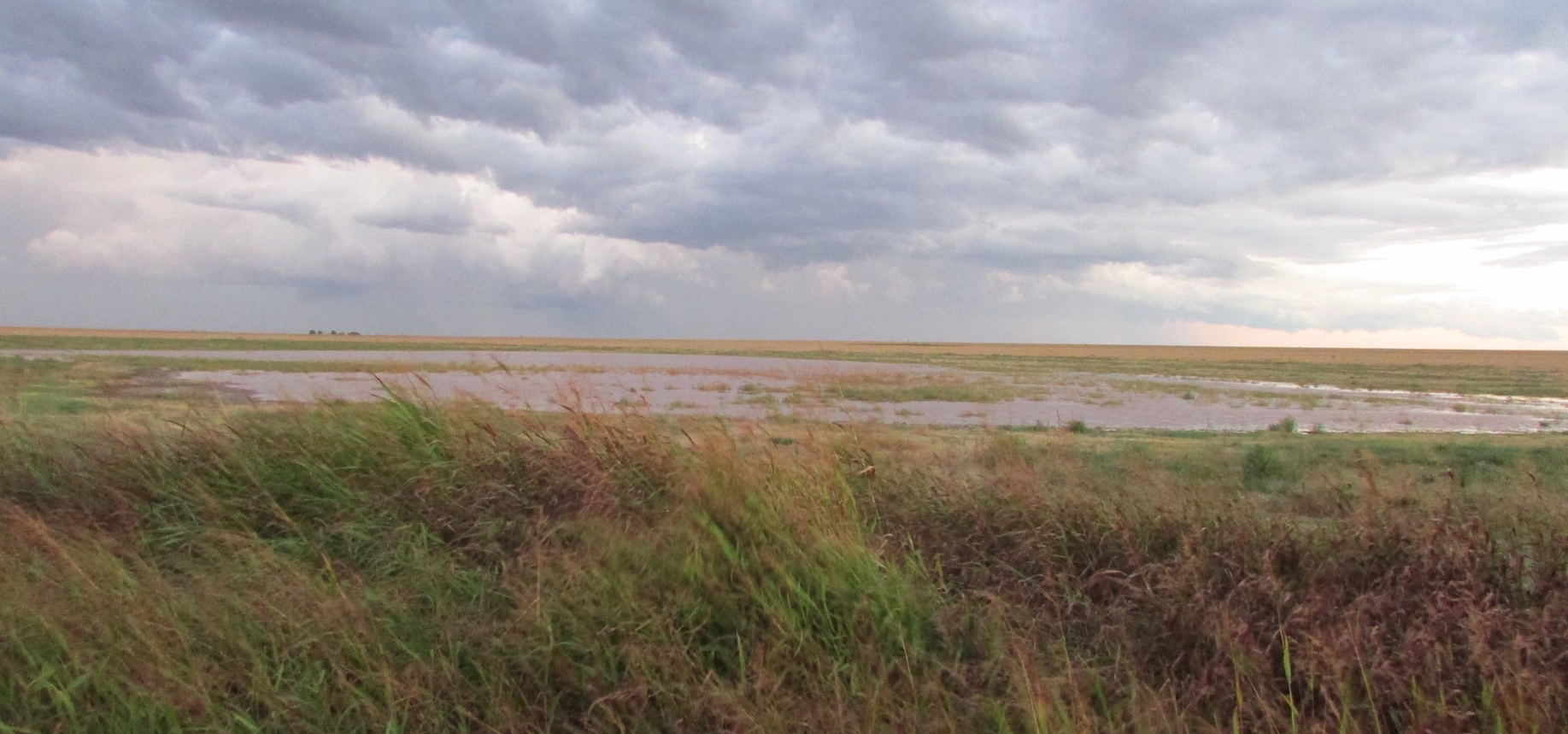
- USDA’s Natural Resources Conservation Service (NRCS)
Identify the nearest office of USDA’s Natural Resources Conservation Service (NRCS). See Step 2 to learn more. - Project Sponsor: SWCD or Pueblo/Tribe/Nation
Identify and contact the New Mexico soil and water conservation district (SWCD) in which you reside or the New Mexico pueblo, tribe, or nation of which you are a member. The earlier you involve your SWCD or tribal government, the better your chances of putting forward a strong, well-informed grant application. See Step 5 to learn more.
Learn more by creating a simple map of your soils first, then by completing conservation planning with NRCS.
Deadline to complete both steps: February 20, 2026 at 5 p.m. Mountain Time.
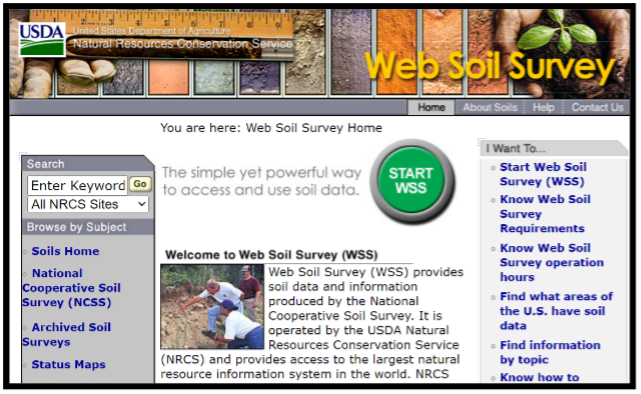
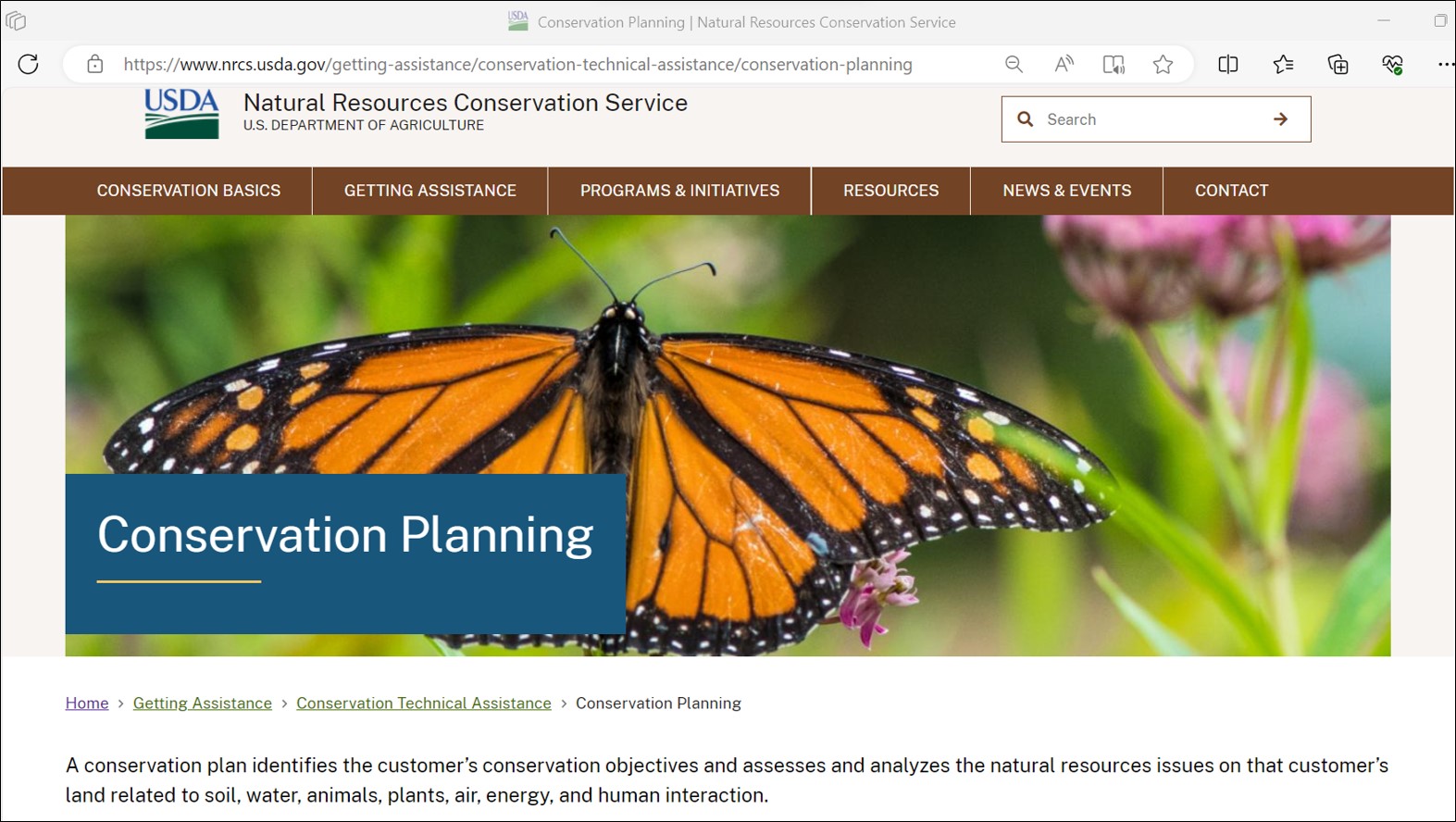
Web Soil Survey is a free mapping tool from USDA that will show you what soil types are on the land you manage and where they’re located. Such information is critical for helping you understand the soil health potential of the land you manage. The same information should inform the number and locations of soil samples you plan to take for the pre-project soil testing required of each Healthy Soil Program grantee.
➜ Using Web Soil Survey, create either a soil map (for cropland projects) or Ecological Site Description (ESD) map (for rangeland projects). Save the map you create so you can upload it later as part of your online application.
Not sure how to create your soil map or Ecological Site Description map as required for your grant application? Watch this step-by-step Web Soil Survey tutorial from NMDA’s Healthy Soil Program co-lead Dean Bruce.
After you create and save your soil map or Ecological Site Description map, it’s time to complete conservation planning with USDA—Natural Resources Conservation Service (NRCS).
2. Conservation Planning with NRCS
NMDA strongly recommends that you contact NRCS at least 30 days before the February 20, 2026 (5 p.m. Mountain Time) deadline to complete conservation planning. This approach allows your NRCS conservation planner enough time to develop your conservation planning documents. Conservation planning with NRCS can be completed at any time of year.
Conservation planning is the process of inventorying a piece of land to assess its current state and full potential. Conservation planning guides the land manager in designing all aspects of their Healthy Soil Program project to improve soil health.
Work with NRCS, which will create one of the following conservation planning documents:
A. a full NRCS conservation plan (often 10+ pages long) created and issued by NRCS; or
B. an NMDA conservation planning template (4 pages long) completed by NRCS
- your project will occur on cropland, use NMDA's cropland conservation planning
- your project will occur on rangeland, use NMDA’s rangeland conservation planning
The end goal of your appointment with the NRCS conservation planner is to have one (1) of the above conservation planning documents completed, signed, dated, and in hand. You will upload the resulting document later as part of your online application.
➜ Cropland Projects: Download and print NMDA’s FY27 cropland conservation planning template, then work with your NRCS conservation planner to complete it. Save the completed template so you can upload it later as part of your online application.
➜ Rangeland Projects: Download and print NMDA’s FY27 rangeland conservation planning template, then work with your NRCS conservation planner to complete it. Save the completed template so you can upload it later as part of your online application.
NOTE: If you intend to apply for Healthy Soil Program grant funding to conduct bale grazing, you also must submit NMDA’s FY27 bale grazing template completed in cooperation with NRCS. (This is in addition to submitting one of the conservation planning documents described above.)
➜ Bale Grazing Projects: Download and print NMDA’s FY27 bale grazing template, then work with your NRCS conservation planner to complete it. Save the completed template so you can upload it later as part of your online application.
Use your conservation planning document(s) from Step 2 to develop your project idea.

Once you have completed conservation planning with NRCS per Step 2, review that information and use it to guide the development of your project idea. Consult our FY27 Project Development Guidance Document to develop the technical aspects of your project.
Asking yourself the following questions can also help you develop your project:
- Which soil health-related natural resource concerns identified during conservation planning will my project focus on?
- Which soil health principles best addresses those resource concerns?
- Which agricultural/conservation practices best puts those soil health principles into action?
- Which of those agricultural/conservation practices can be implemented between mid-July 2026 and late September 2027 (the grant term for this cycle of NMDA’s Healthy Soil Program)?
- What goods and services are needed to implement those agricultural/conservation practices?
- From which companies will I source those goods and services?
- What are the actual costs of those goods and services?
Thinking through such questions will help you complete your Healthy Soil Program grant application. NMDA also advises conducting a bit of research, especially to help you identify the specific goods and services you’ll need to implement your project, as well as the sellers and costs of those items. (Refer to our FAQ near the top of the page to better understand eligible vs. ineligible expenses.)
Work on the online grant application, as well as the timeline and budget.
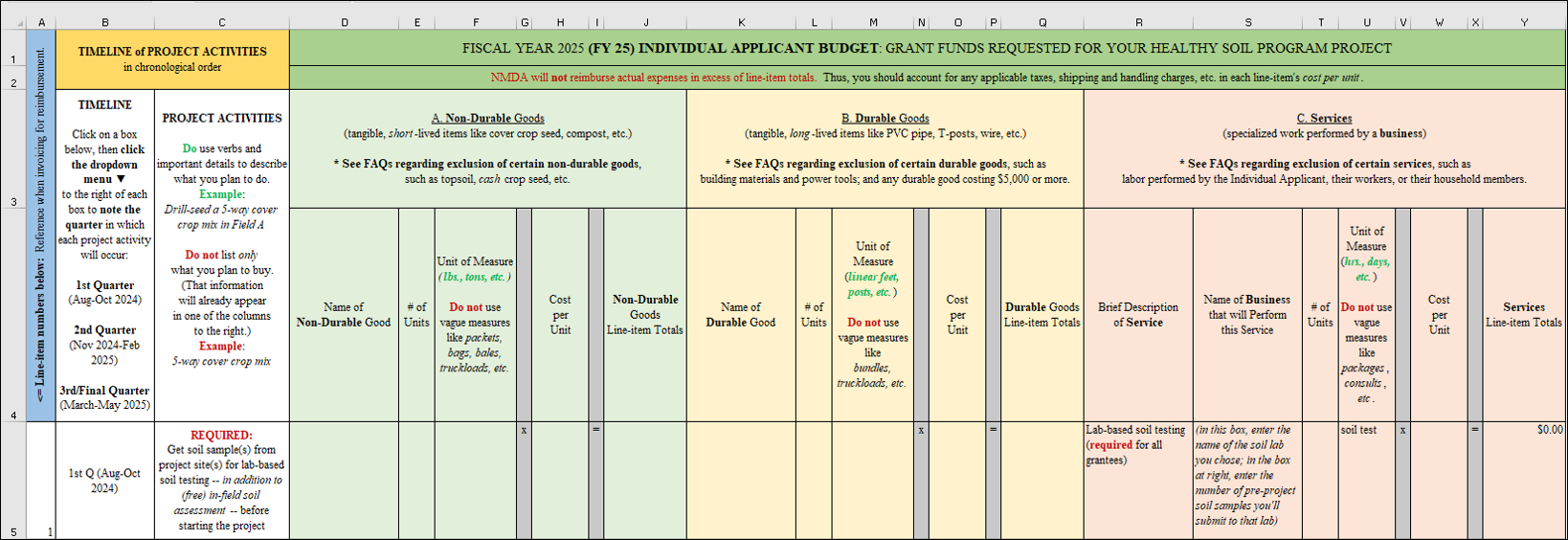
Online Application
➜ The online grant application for NMDA’s Healthy Soil Program (and other grant programs at NMDA) will be available at https://grants.nmda.nmsu.edu. First-time users must create a free account (login ID + password).
Timeline and Budget Template
As part of the online application, Individual Applicants must upload several documents. One critical document is the timeline and budget template. Use the template to:
- detail the timeline of activities for your project; and
- document the specific goods and services associated with those activities, as well as their actual costs.
This is the only way to present an accurate picture of what you’re seeking Healthy Soil Program funding to purchase.
➜ Download NMDA’s FY27 timeline and budget template to your computer, then work to complete it. Save the completed template so you can upload it later as part of your online application.
Secure project sponsorship from your SWCD or your tribal nation. Deadline to complete this step: This will vary. Per Step 1, NMDA strongly recommends contacting your Project Sponsor well before the Healthy Soil Program grant application deadline to inform them of your intent to apply and to understand their particular timeframes.
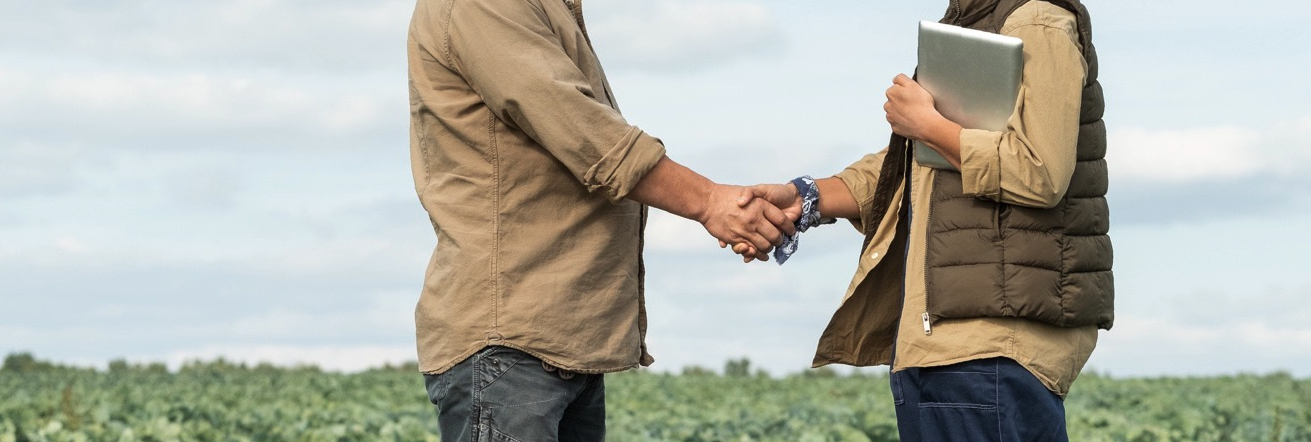
Without project sponsorship, Individual Applicants cannot access NMDA’s Healthy Soil Program grant funding. Project Sponsors help Individual Applicants assess their soil and sample it for testing; adhere to their timeline and budget; invoice correctly for reimbursement; report on their grant progress in a timely way; and more.
Only two (2) types of parties can serve as an Individual Applicant’s Project Sponsor:
- The New Mexico soil and water conservation district (SWCD) in which you reside
- Your New Mexico-based pueblo, tribe, or nation
As part of the online application, Individual Applicants must upload a completed version of the Letter of Support template documenting that their SWCD or tribal government has agreed to be their Project Sponsor.
Project Sponsors typically formalize their support during a meeting. Many Project Sponsors require Individual Applicants to attend a meeting to present their projects and formally request their sponsorship. When you seek project sponsorship, your SWCD or tribal government likely will request to see your conservation planning document(s), your timeline and budget, and a near-final draft of your online application. The more developed and cohesive these items are, the more likely the SWCD or tribal government is to sponsor your project.
- ➜ Download and print NMDA’s FY27 Letter of Support template. After you complete your portion (Page 1), present it (and any requested materials) to your Project Sponsor. They will sign Pages 1 and 2 and return them to you. Save Pages 1 and 2 so you can upload both pages later as part of your online application.
Deadline to submit your online application: 12 p.m. (noon) Mountain Time on Friday, March 20, 2026

Take time to review your application. Re-read each application question and your answer to it. Ensure that you have uploaded all of the required documents where noted in the Individual Applicant grant application at https://grants.nmda.nmsu.edu/. Late, incomplete, and paper applications will not be accepted.
Questions? Email NMDA’s Healthy Soil Program team at hsp@nmda.nmsu.edu.
